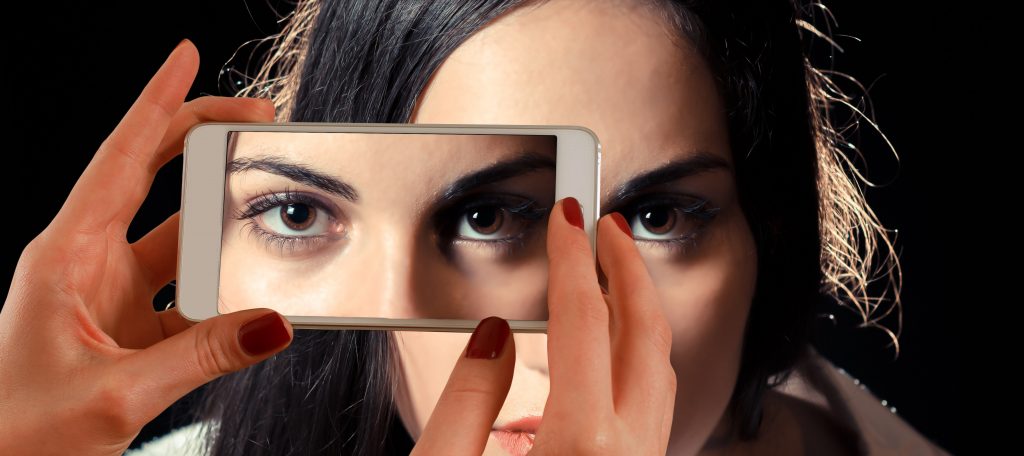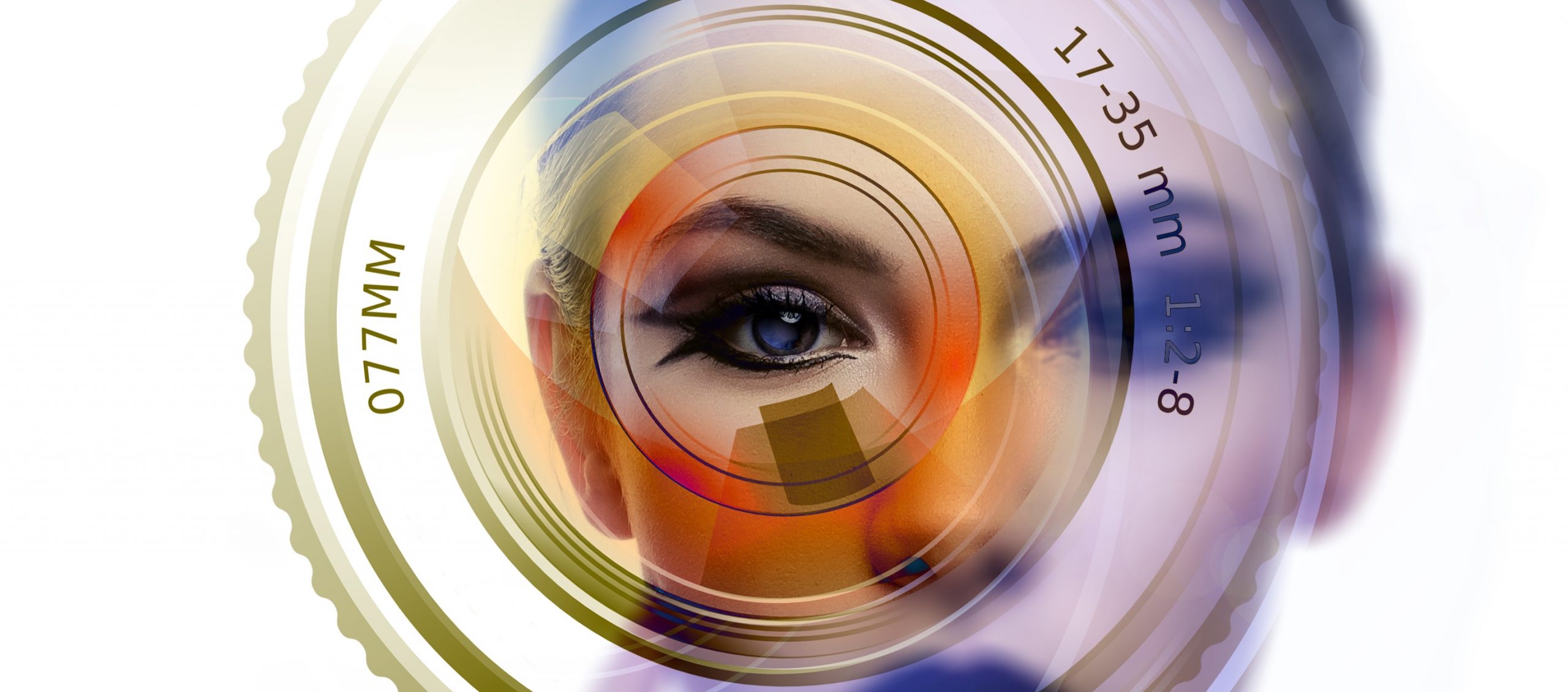“The female gaze” is a term used to describe the way visual media (film, photography, art) can depict a female view of the world. Specifically, the “gaze” is an appraising eye, sometimes sexualized, that represents the perspective of either the director, a character or the audience. The “female gaze” presupposes the audience to be female and caters to her presupposed desires.
The concept of the female gaze has grown out of film theorist Laura Mulvey’s term “the male gaze”. This theory discusses the way heterosexual male perspectives are common in film and often presented as standard. The male gaze occurs through selecting certain camera angles, narratives and character perspectives and giving those priority, often sexualizing or fetishizing women in the process. The “female gaze” idea inverts this, making the case that a female director and viewer may see things differently.
Thus, visual media that enacts the a female gaze may feature female protagonists, tell stories that centre the experiences of women, and create imagery that captures an object of female desire (the male body, for example).

A bit about the male gaze
In a patriarchal society, the straight white male viewpoint is often presented as the “default” perspective. Our societal structures are set up to privilege them and everyone is encouraged to see this as “normal” . It follows that visual media (and the industries that produce them) would reflect our patriarchal society. When the vast majority of film directors, artists, photographers throughout history have been male, it means that our visual language also reflects a male perspective.
This has cast men and women into two roles: the one who looks (men) and the one who is looked at (women). In a vast swathe of visual media, women are there solely to be admired and sexualized by men. To give a few real-world examples, we can point to the vast number of female nudes in art, painted or sculpted by men. Or we can look at how often music videos feature close-ups of female dancers breasts and buttocks. We can think about how James Bond is the hero who gets things done, while Pussy Galore gets to look sexy. We can ponder about the way Game of Thrones eagerly included copious amounts of female nudity but was loathe to include any full front penis shots, beyond a grotesque discussion of sexually transmitted disease. And we can talk about the way most heterosexual pornography focuses solely on the female body, often going to great effort to cut the male bodies out of frame.
Why is the female gaze important?
The ubiquity of the male gaze has the effect of “othering” any viewer who is not a (straight white) male. It sidelines the perspectives of women and treats them as trivial or boring. It relegates women to secondary roles, often serving only as sexual titillation or visual adornment. It means that our stories don’t really reflect the full range of human experience and limits our ability to see new and different versions of ourselves. And it reinforces old stereotypes of how women should look and behave.
The female gaze allows us to not only critique stale ways of seeing but also to break the mold of the ways that women are expected to think, behave and feel. The female gaze means female perspectives and experiences are validated through visual media. It expands the possibilities of art and diversifies ways of seeing. And it means that men can experience the feeling of being “othered” by media. One hopes it also encourages male viewers to feel empathy for women’s experiences.
Criticisms
While the discussion of the female gaze is useful in critiquing patriarchy and helping to craft new ways of seeing, the idea of “the female gaze” has its critics. Some point out that the term implies that there is one universal female gaze or experience when in truth women experience the world in many different ways. There can never be “the” female gaze, only individual gazes.
Many existing examples of the female gaze prioritize straight white women and, in doing so, replicate an oppressive visual framework that “others” women from different backgrounds and relegates them to background roles.
Further Reading
Wikipedia article on The Female Gaze.
Like a natural woman: how the female gaze is finally bringing real life to the screen, The Guardian, 23 Feb 2020
